Curiosity moves us, taking us on a journey. Curiosity is no doubt part of the natural character of any traveler. And it’s the natural character of Guía de Isora’s inhabitants.
That explains how Alejandro, Director of the MiradasDoc Documentary Film Festival, and Jean, a Starlight tour guide, got into this profound conversation about curiosity as an attitude. What do you think, is curiosity born or made?
Extended version
Teaser: The spaces in between
Teaser: The risk cats take
Teaser: The sky map
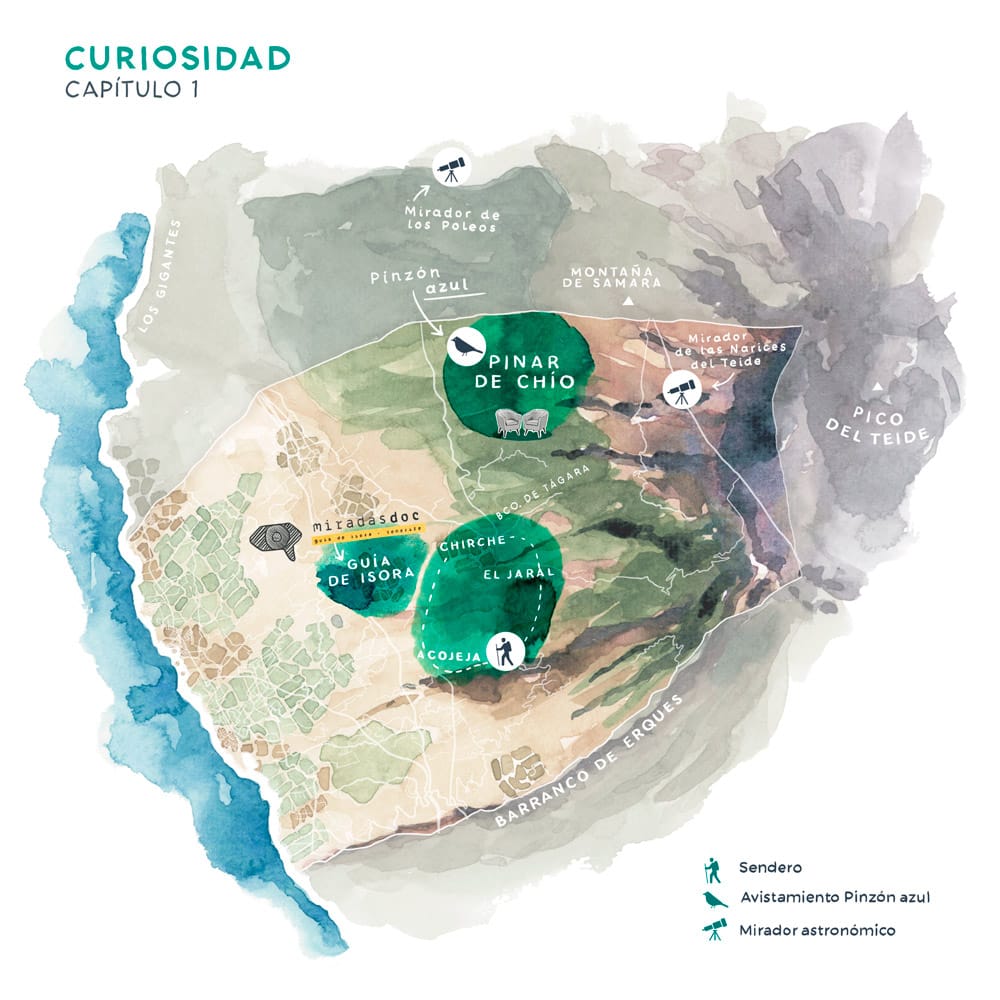
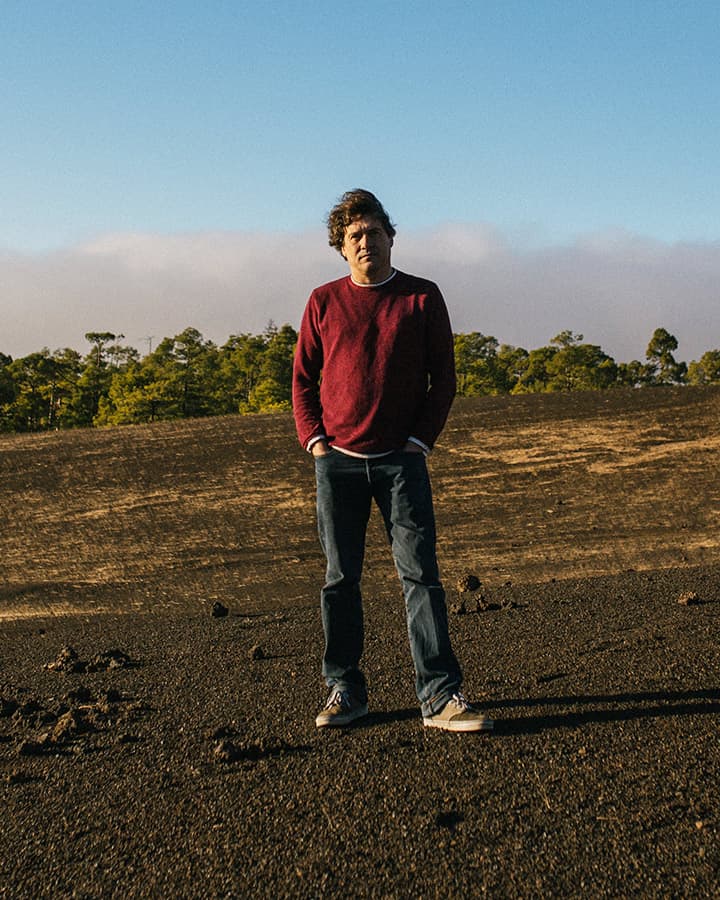
Alejandro
Director of MiradasDoc
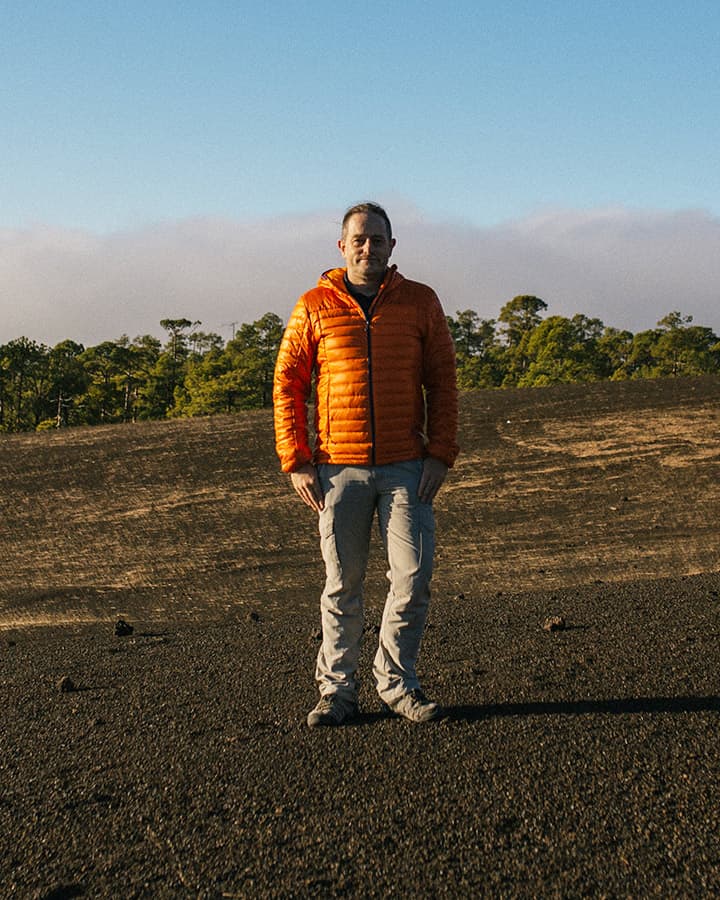
Jean
Starlight Guide
Chío – Chiguergue Itinerary in Guía de Isora, Tenerife
We’ve all heard of Route 66 in the U.S. and the famous Route 40 in Argentina. These neverending roads connect places, people, emotions, memories, and landscapes. These routes could well have been made to allow us to escape day-to-day life. They offer a chance to reconnect with our wild side and with the vastness of the unknown. Strange as it may seem, we feel at home in the most inhospitable lands.
Obviously, we cannot compare the road to Mount Teide, which connects the north and south of the island, with the aforementioned routes in terms of length. It won’t take you weeks or months to travel this road. But you will experience the sensation of living more intensely. Driving along the coast at an altitude of about 2,500 meters, in just one day, you’ll see a wide range of vegetation and volcanic landscapes. And this is something you can only enjoy in a handful of places on Earth.
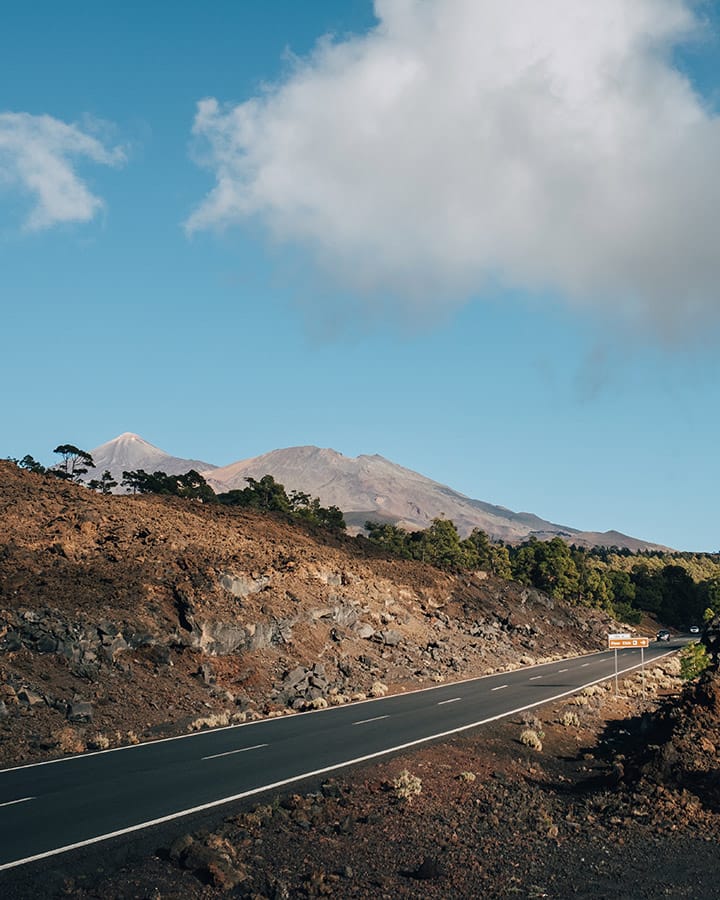
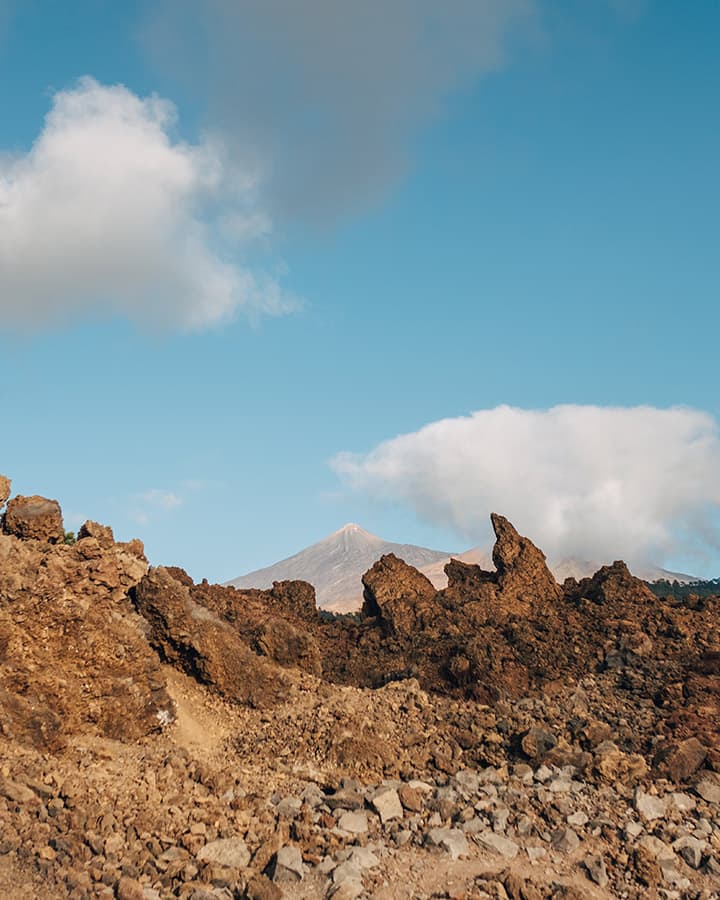
From Chío to Chiguergue
What’s great about this itinerary is that it ends in the south of Tenerife. This unique stretch is part of the Teide National Park and connects Chío and Chiguergue in Guía de Isora. It’s where all things begin and end. I always recommend finishing on this side of the island. The sunsets are magical. The island of La Gomera beckons as if offering moral support on the final stretch of the road. But under the right conditions (a common occurrence in Guía de Isora), we can see both El Hierro and La Palma. It’s one of the only spots on the Canary Islands where you’ll find a view of various islands at once. This territory naturally assumes its starring role.
The beautiful thing about this area is that the road runs from completely volcanic areas (Chío’s picnic area) to the thick vegetation of shady pine trees lined up like an army along the road. We’d do well to recall that the temperature changes abruptly here because, in a very short time, we’ll descend from 1,500 meters above sea level to 500. If we make the trip at sunset, we’ll get to see the volcanic rock take on different shades of color with the changing lights. Oranges and ochres predominate in the highest part of this stretch, which has a volcanic landscape. As we continue our descent, the pine forest grows increasingly more lush, and the vegetation changes, giving way to almond, orange, and fig trees and prickly pears. The rich fauna and flora of the municipality will accompany us all along the road.
The Sky over Guía de Isora
Tenerife is widely considered one of the best places in the world for astronomical observation and photography. This has made the island unique in all of Europe, not only during the day but also at night.
If we’re staying in this part of the island, it’s worth taking a field trip with a Starlight guide to have a look and learn about what is happening above us. The canopy of stars will evoke the wishes and dreams you made as a child.
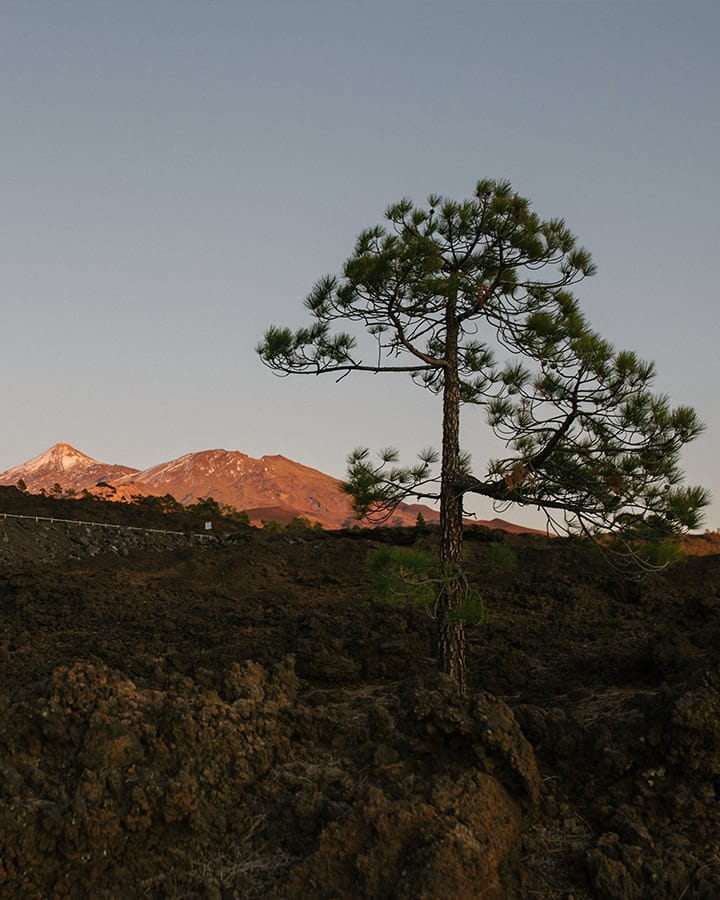
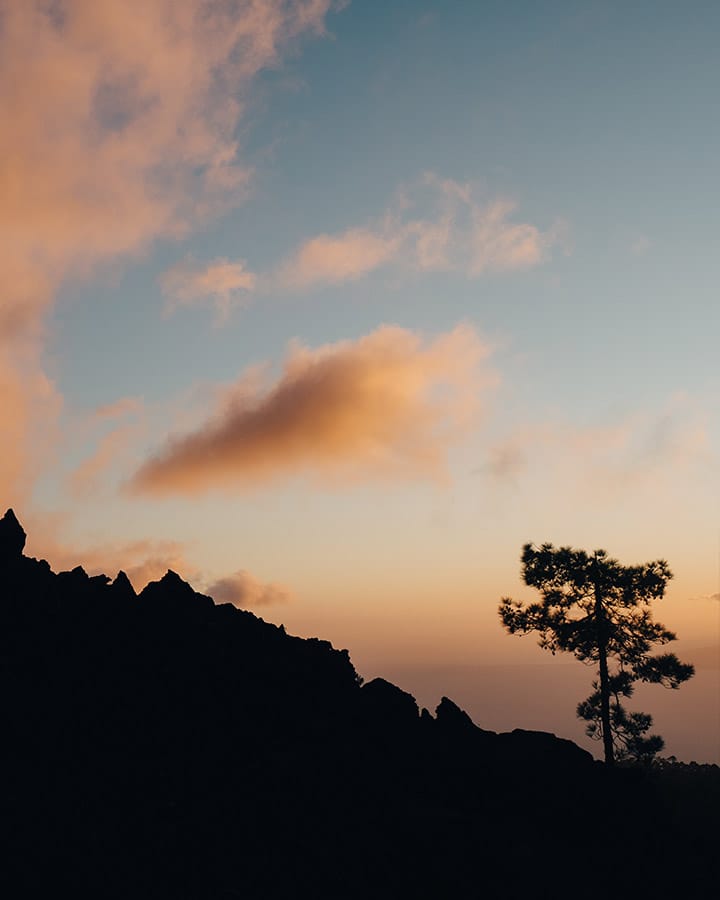
A Paradise for Athletes
But that’s not all. Tenerife has also become a favorite island among cyclists and cycling teams. These athletes prefer to train at high altitudes because, at 1,800 meters and over, physical resistance is notably improved, and this is considered crucial, almost essential, nowadays for long-distance cyclists.
Between December and April, the practically unspoiled mountain roads of Guía de Isora are bustling with cyclists. It’s not everywhere in the world that offers the chance to train at both sea level and an altitude of over 1,800 meters. That’s why some of the best cyclists in the world have come to visit in recent years. And, yes, this is where they train for the Tour de France.
A place to get lost in…
And enjoy the trip! Because that’s what we’re looking to do when we travel. We want to visit places that surprise and stir us. Speaking of roads made to connect people, places, and emotions, this road between Chío and Chiguergue is one of them.
- There are no upcoming events.
- There are no upcoming events.
